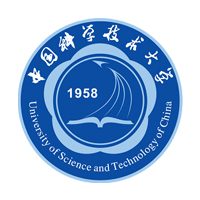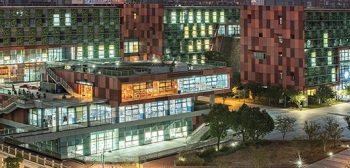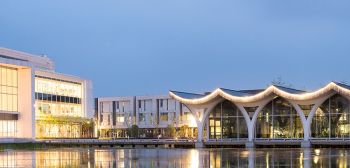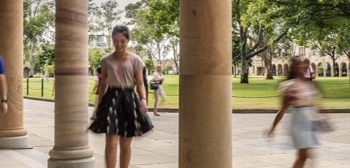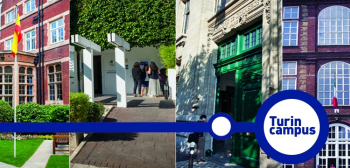- #=132 QS Global World Ranking
- PublicStatus
- Very HighResearch Output
- 21,089Total Students
- 4,620Faculty
- 1,049Int'l Students
The University’s position in the current QS World University Rankings.
Whether the University is funded by the government of that country or state, or funded by private donations.
The research intensity of the University, based on the number of papers output relative to the University’s size.
The number of full time equivalent students enrolled at the University.
The number of full time equivalent teaching staff employed by the University.
The number of full time equivalent international students enrolled at the University.
University of Science and Technology of China
About
Cradle of Excellent Minds
The University of Science and Technology of China (USTC) traces its origins to 1958 when the Chinese Academy of Sciences (CAS) established it in Beijing. It was founded under the goal to cultivate the country's most promising scientific and technological talent. In 1970, USTC was moved to Hefei, the capital city of Anhui Province. Ever since then, this prestigious research university keeps open arms for talents across the globe. Now the university is home to 16,600 gifted students, aspiring scholars and researchers as well as 2,250 faculty members.
A Historic City with High-tech Innovation
USTC has five campuses in Hefei, the capital and largest city of Anhui Province as well as one of the important national scientific research and education bases.
The city is located in the center part of East China, and its transportation system is well-developed. With the whole city's transportation system linked by airport, railway and highway, a solid transportation network is at your service. Thanks to rivers surrounding it, the livable city hosts temperate climate and picturesque scenery.
As a member city of the World Science and Technology City Alliance, Hefei is an innovative city with a long history and full of vitality. More than 1,000 R&D institutions have settled in Hefei, as well as a number of national-level key laboratories and cutting-edge scientific devices, making Hefei one of the core cities in the country's scientific development.
Exceptional Achievements in Research and Education
In 1978, the Graduate School of USTC was founded in Beijing, as the first graduate school in China. In the same year, the university set up the first “special class for the gifted young”, blazing a trail in the field of China's tertiary education. For more than four decades, the research-intensive program for exceptionally talented youth has fostered hundreds of successful scientists, researchers and technology entrepreneurs. Each year, the university admits only 1,880 freshmen, but for every 1,000 alumni, there is one academician and more than 700 go on to take master's or doctoral degrees, ratios far beyond any other Chinese university.
USTC, a low-profile university aims high. It has 23 schools (including 6 research institutes) in the fields of natural science and social science, offering exciting opportunities for students to discover more. It owns the most national labs and large-scale scientific facilities. It is the only university in China operating two national labs: the National Synchrotron Radiation Laboratory (NSRL), which is the first national laboratory in China, and the Hefei National Laboratory for Physical Sciences at the Microscale (HFNL), one of the six national research centers approved by the Ministry of Science and Technology (MOST) of the People’s Republic of China. USTC has 12 national research institutes, 4 major national scientific research infrastructures, and 62 major provincial research institutes. It represents the highest level of China in fields of fire science, particle detection and electronics, brain-inspired intelligence technology, and speech processing.
International Prominence
USTC is dedicated to bridgineg the divide by promoting collaboration and building a strategic relationship with world-class research universities and institutes.
In 2013, the signing ceremony of an agreement to reach a series of future collaborations among the C9 League, and the Association of American of Universities, the Australian Group of Eight (Go8), and the League of European Research Universities (LERU), took place in USTC.
Apart from it, international organizations such as the International Thermonuclear Experimental Reactor (ITER) and the European Organization for Nuclear Research (CERN) have all formed a sustainable and strategic partnership with USTC. Meanwhile, the university has attracted prestigious research universities around the world including Oxford, Stanford and Princeton to develop a collaborative relationship.
About
Cradle of Excellent Minds
The University of Science and Technology of China (USTC) traces its origins to 1958 when the Chinese Academy of Sciences (CAS) established it in Beijing. It was founded under the goal to cultivate the country's most promising scientific and technological talent. In 1970, USTC was moved to Hefei, the capital city of Anhui Province. Ever since then, this prestigious research university keeps open arms for talents across the globe. Now the university is home to 16,600 gifted students, aspiring scholars and researchers as well as 2,250 faculty members.
A Historic City with High-tech Innovation
USTC has five campuses in Hefei, the capital and largest city of Anhui Province as well as one of the important national scientific research and education bases.
The city is located in the center part of East China, and its transportation system is well-developed. With the whole city's transportation system linked by airport, railway and highway, a solid transportation network is at your service. Thanks to rivers surrounding it, the livable city hosts temperate climate and picturesque scenery.
As a member city of the World Science and Technology City Alliance, Hefei is an innovative city with a long history and full of vitality. More than 1,000 R&D institutions have settled in Hefei, as well as a number of national-level key laboratories and cutting-edge scientific devices, making Hefei one of the core cities in the country's scientific development.
Exceptional Achievements in Research and Education
In 1978, the Graduate School of USTC was founded in Beijing, as the first graduate school in China. In the same year, the university set up the first “special class for the gifted young”, blazing a trail in the field of China's tertiary education. For more than four decades, the research-intensive program for exceptionally talented youth has fostered hundreds of successful scientists, researchers and technology entrepreneurs. Each year, the university admits only 1,880 freshmen, but for every 1,000 alumni, there is one academician and more than 700 go on to take master's or doctoral degrees, ratios far beyond any other Chinese university.
USTC, a low-profile university aims high. It has 23 schools (including 6 research institutes) in the fields of natural science and social science, offering exciting opportunities for students to discover more. It owns the most national labs and large-scale scientific facilities. It is the only university in China operating two national labs: the National Synchrotron Radiation Laboratory (NSRL), which is the first national laboratory in China, and the Hefei National Laboratory for Physical Sciences at the Microscale (HFNL), one of the six national research centers approved by the Ministry of Science and Technology (MOST) of the People’s Republic of China. USTC has 12 national research institutes, 4 major national scientific research infrastructures, and 62 major provincial research institutes. It represents the highest level of China in fields of fire science, particle detection and electronics, brain-inspired intelligence technology, and speech processing.
International Prominence
USTC is dedicated to bridgineg the divide by promoting collaboration and building a strategic relationship with world-class research universities and institutes.
In 2013, the signing ceremony of an agreement to reach a series of future collaborations among the C9 League, and the Association of American of Universities, the Australian Group of Eight (Go8), and the League of European Research Universities (LERU), took place in USTC.
Apart from it, international organizations such as the International Thermonuclear Experimental Reactor (ITER) and the European Organization for Nuclear Research (CERN) have all formed a sustainable and strategic partnership with USTC. Meanwhile, the university has attracted prestigious research universities around the world including Oxford, Stanford and Princeton to develop a collaborative relationship.
University highlights
- 2012#186
- 2014#174
- 2015#=147
- 2016#=113
- 2017#=104
- 2018#97
- 2019#98
- 2020#89
- 2021#=93
- 2022#98
- 2023#94
- 2024#=137
- 2025#=133
- 2026#=132
Campus locations
Main Campus,
No. 96 Jinzhai Road , Hefei , AnHui , China , 230026
Similar Universities
The Central Academy of Drama, China
4E Hong Fu Middle Rd, Changping District
The Chinese University of Hong Kong, Shenzhen
2001 Longxiang Blvd., Longgang District, Shenzhen
Xi'an Jiaotong Liverpool University
No.111 Ren'ai Road, Suzhou
Duke Kunshan University
No. 8 Duke Avenue, Kunshan
Yunnan Minzu University
Chenggong
Peking University HSBC Business School (PHBS)
University Town, Xili, Nanshan District, Shenzhen Shi
The University of Queensland
JD Story Building, Level 2, University of Queensland St Lucia Campus, Brisbane
47 QS World University RankingsESCP Business School - Torino
Corso Unione Sovietica, Turin
Related content
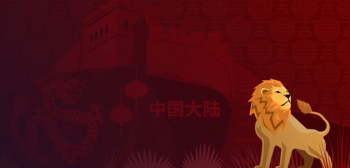
Top Universities in China 20…

International Scholarships t…

Top Universities in China 20…

Top 10 Universities in China…
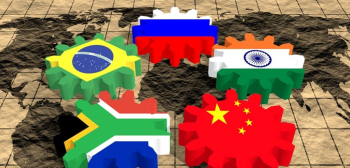
QS University Rankings: BRIC…

Top Universities in Australi…
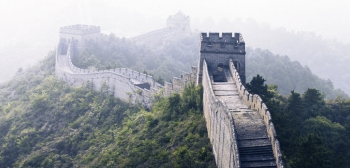
Top 10 Universities in China…

Chinese Universities in the…
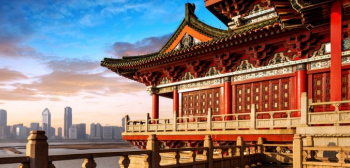
Top 10 Universities in the B…

Top Universities in Asia for…
Test preparations
Featured University


-
10 UG & 47 PGTotal courses
-
Private for ProfitStatus
-
HighResearch output
